Introducing the Tula Explore
The Tula Explore is the newest addition to the Tula range. It offers something entirely new within the Tula family – a facing away position. The Tula Explore combines the features of the Tula Free-To-Grow and a carrier from their sister company, Ergobaby; the Ergobaby OMNI 360. This creates a carrier suitable from newborn, adjustable to grow with your child, and with an ergonomic position for having your child facing away to explore the world a little more.

Tula Explore: features and functionality
- Features parent facing, world facing and back carrying positions.
- Wide, padded, rucksack style shoulder straps make the Tula Explore an extremely supportive carrier in all positions.
- Features the adjustable base of the Tula Free-to-Grow
- Press studs concealed in the waistband make it simple to adjust to any of 3 width settings.
- Swap between parent facing and world facing using easy-to-use buttons.
- Features one of the most ergonomic world facing positions of any carrier

Tips and Tricks
Adjusting the carrier
The base of the Tula Explore features a set of poppers in the waistband with three positions. These three suggested positions for the poppers depend on the size of your baby, allowing you to get a perfect fit. Your baby must be able to bend their knees freely in the panel so be aware of how wide you have it set! You can also adjust the neck panel to support your baby fully.
Fastening the chest strap
The Tula Explore has rucksack style straps. Some people find it tricky to get this fastened or positioned comfortably. Often people will find that they are most comfortable with the strap level with their shoulder blades.
This video shows 3 different techniques for fastening the chest strap
World facing in the Tula Explore
The Tula Explore’s world-facing option is one of the most ergonomic forward-facing positions of any carrier. It creates a wide, deep seated position, keeping your baby’s legs supported to the knee and their spine naturally curved.
The Tula Explore instructions suggest that you only use the world facing position for short periods.

What's the fuss about forward facing?
Outward facing positions can be a contentious topic. Some people believe that it is not an appropriate position for carrying babies. Our article offers a balanced perspective considering the evidence to help you make up your own mind. .
What to be particularly aware of when world-facing:
Airways
A key concern when carrying in any carrier or position is ensuring that your baby’s airway remains clear at all times. In a world facing position it is easier for your baby’s airway to become compromised if their head drops forward.
The following two precautions reduce this risk:
- Your baby needs excellent head control to support their airways whilst forward facing. This usually develops around 4-6 months.
- Only use the world-facing position whilst your baby is awake.
Responsivity to cues
Young babies can become overwhelmed very quickly when world-facing. When we carry in arms we naturally change position regularly, and turn babies towards us if they grow unsettled whilst facing outwards.
In a carrier it is possible to carry your baby more passively. This makes it easier to miss early cues that your child is getting overwhelmed. We recommend staying responsive to your baby in all carrying positions. When forward facing it is harder to see their face to read their cues, so check them regularly and remain attentive to signs that they are overwhelmed or overstimulated.
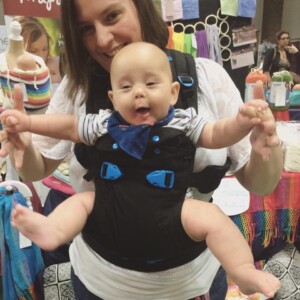
Forward facing in slings
Forward facing in slings can be a contentious issue. Our article considers the evidence around forward facing in slings so that you can make your own informed decision about what is right for you and your baby.
How can I try the Tula Explore?
We have the Tula Explore available to hire in both standard and coast (cool version) in a range of patterns. Simply enter “Tula Explore” into the search box to see all currently available Tula Explores.
We offer both ‘Try before you buy’ and payment plans on Tula Explore in our shop.



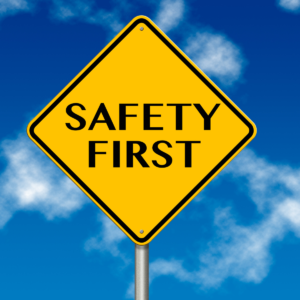
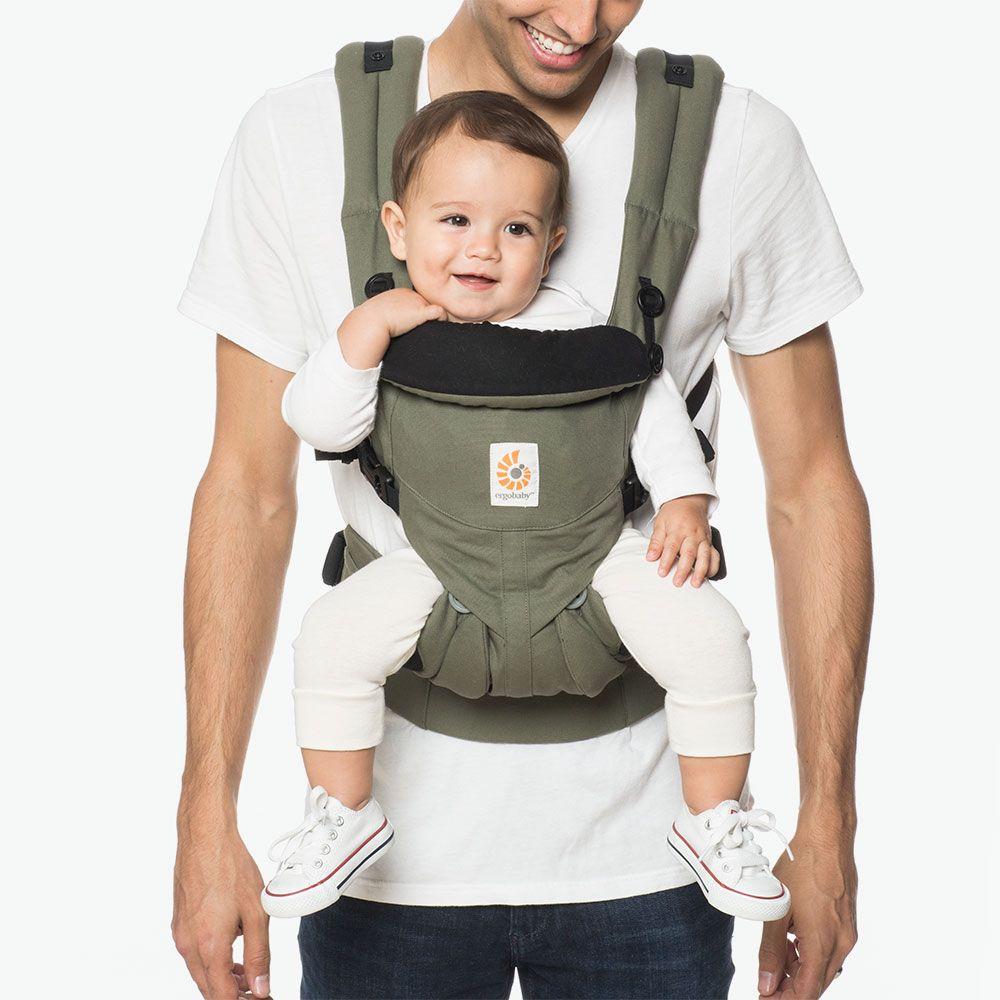
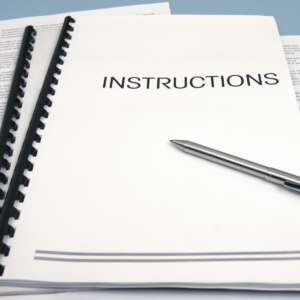

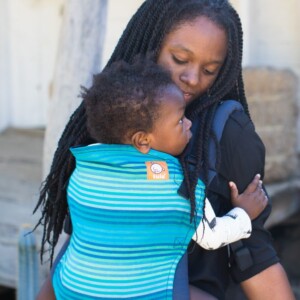
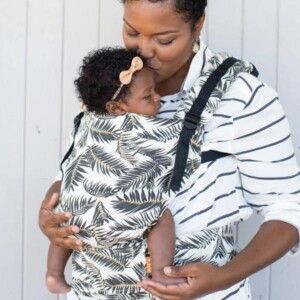
Responses